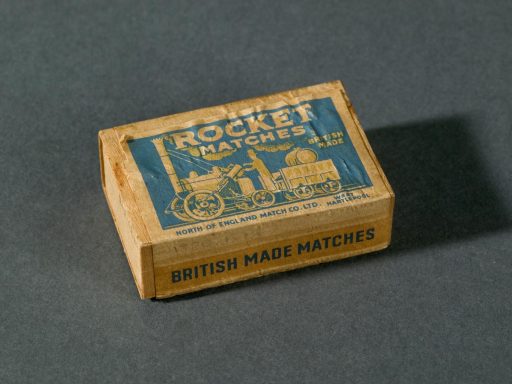
Like all great events, there was a range of merchandise to commemorate Rocket’s triumph at the Rainhill Trials. Here’s a selection of our favourite memorabilia from our collection…
Our collection documents 250 years of discoveries and innovations that began in Manchester and went on to influence the world. In this section of the blog, we want to shine a light upon the achievements and experiences of the people behind those stories.

Like all great events, there was a range of merchandise to commemorate Rocket’s triumph at the Rainhill Trials. Here’s a selection of our favourite memorabilia from our collection…
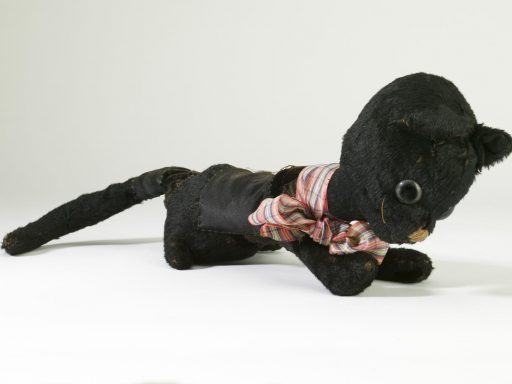
With a couple of posts written by a Barketing Assistant, we were inundated by requests (better described as complaining mews) from the museum’s feline friends for a cat blog, so here we go:
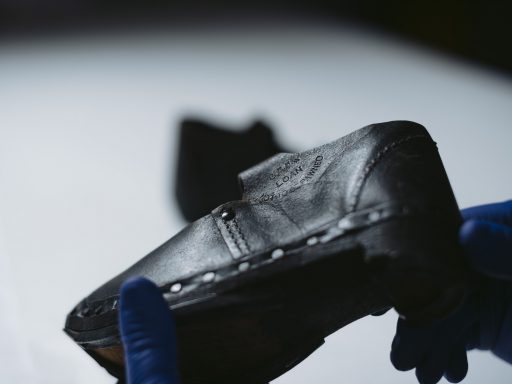
One of the most poignant objects to be added in to the textiles gallery is a tiny pair of leather children’s clogs dating from around 1870.
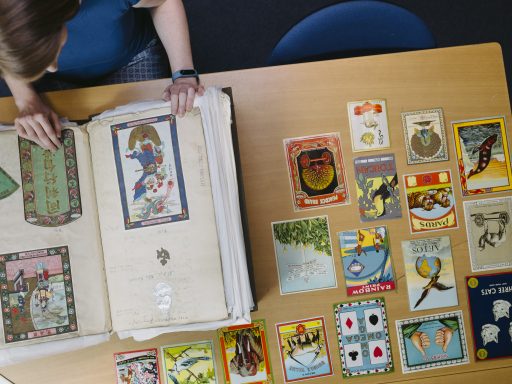
Archivist Ceri Forster has been selecting shipper’s tickets from our huge collection to be displayed in the Textiles Gallery.
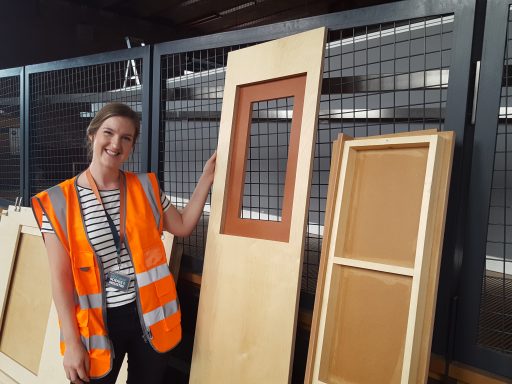
As the opening date for our refreshed Textiles Gallery approaches, we go behind the scenes with Exhibitions Project Manager Jane Brown to find out what’s involved.
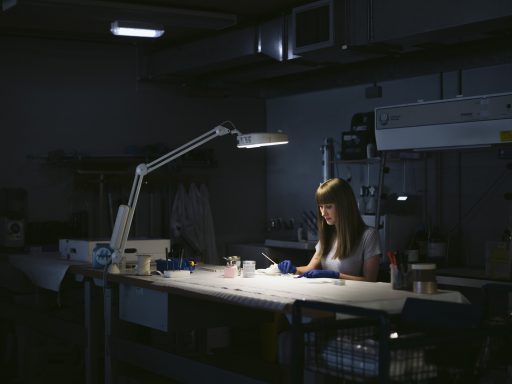
To mark Friday 13th, we find out how the entrepreneurs of the Industrial Revolution relied not only on ambition for success but were also deeply superstitious.
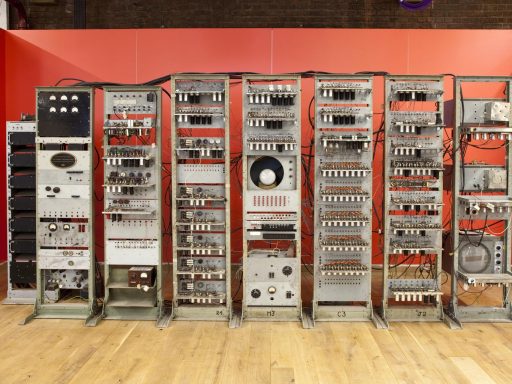
Edmund Griffiths created an online emulator of the Baby computer. In this blog he talks about why he wanted to give a decades-old computer a modern home on the internet.
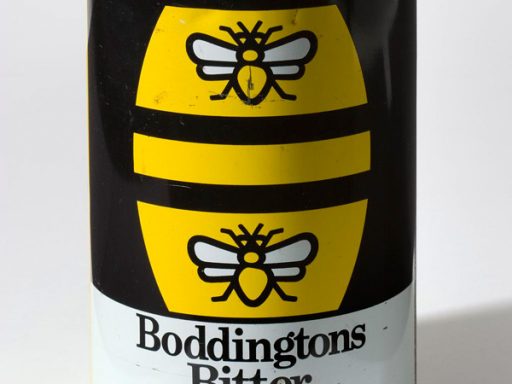
Archivist Ceri Forster makes a bee line to our collection to seek out some of our stripy friends’ achievements…
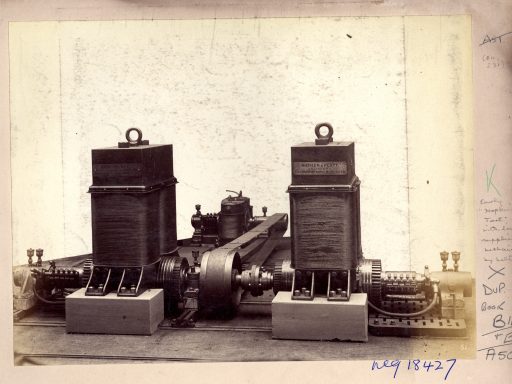
On the other side of the AC/DC battle to Ferranti, the Hopkinson brothers’ campaign for a DC supply was most effective in Manchester.
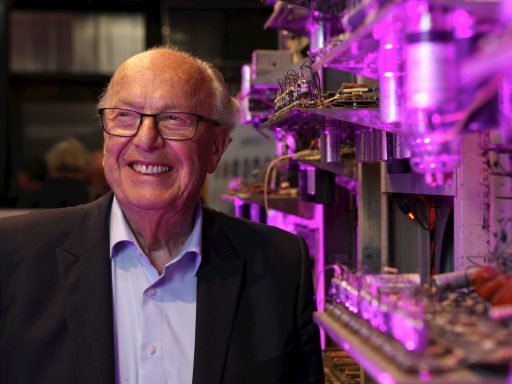
On June 21 2018 we celebrated the 70th birthday of the Small Scale Experimental Machine, aka “Baby”. Here’s a look back in photos at some highlights of the day.
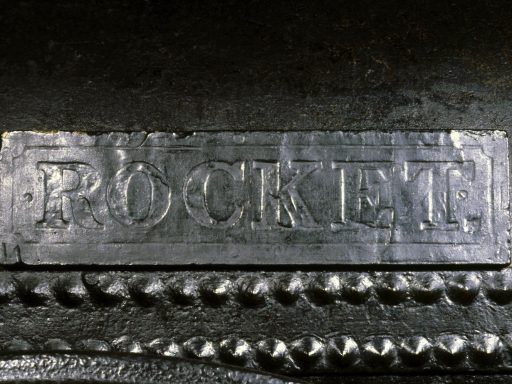
The Great Exhibition of the North opens in Newcastle today, and several objects from our collection will be displayed during the Summer.
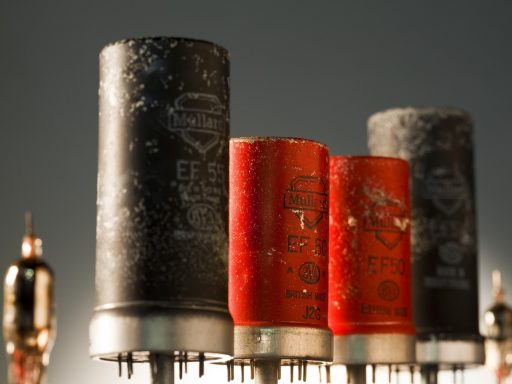
Baby looks and operates very differently to a modern computer, with a memory that uses a system of valves and tubes. But how exactly does its work?